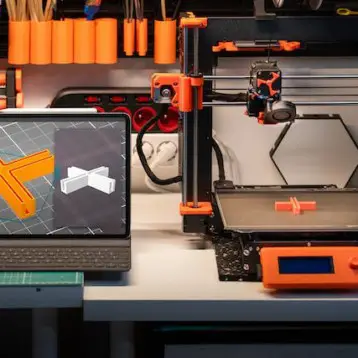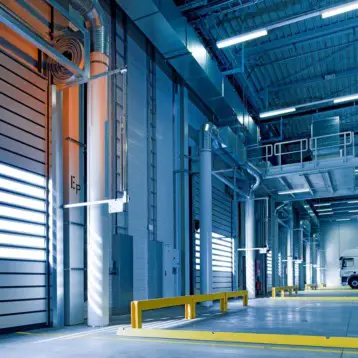|
The Sandia research team, led by Dennis Roach, has already tested and proven monitoring sensors for use on aircraft structures. Roach explained the benefits of this technology by comparing the developed sensors to nerve endings in the human body. Both are permanently mounted and constantly sending information. With on-site sensors continually checking for the first signs of wear and tear, engineers can detect cracks early on, perform necessary maintenance at the right time, and possibly prevent massive failures, said Roach. The scientists developed and evaluated several types of inexpensive, reliable sensors that could potentially be mounted on important infrastructure, typically where flaws are expected to form.
One promising structural health monitoring (SHM) sensor developed at Sandia is the Comparative Vacuum Monitoring (CVM) sensor. This is a thin, self-adhesive rubber patch, ranging from dime- to credit-card-sized, that detects cracks in the underlying material. The rubber is laser-etched with rows of tiny, interconnected channels or galleries, to which a stream of air pressure is applied. Any propagating crack under the sensor breaches the galleries and the resulting change in pressure is monitored. Their accuracy is similar to that of vacuum pressure measurement.
The concept of SHM is continuously developing. The benefit of such systems is both in the immediate data acquisition and in the reduced need for human inspection. Of course, one must make sure that the technology that is used is appropriately reliable. The Hong Kong Highways Department is already using a sophisticated bridge monitoring system to ensure road user comfort and travel safety between Hong Kong and the Hong Kong Airport.
|
More information on the Sandia project can be found here.











